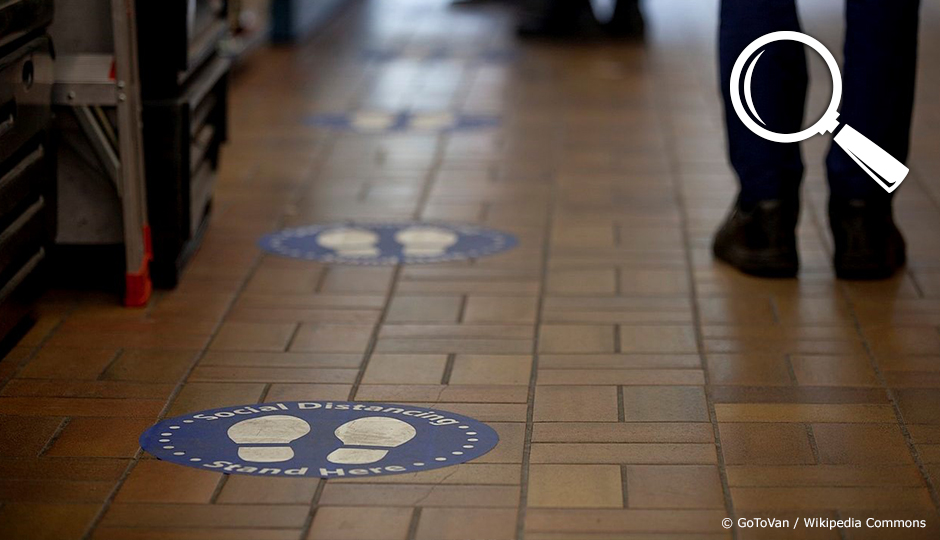Auteur : Agence Science Presse - Catherine Couturier
Just because a country gradually relaxes its confinement measures doesn’t means it’s declaring victory over the virus. The Rumour Detector explains why the “curve” is still relevant and why there will still be deaths, no matter what action is taken.
1. If the death curve has started to fall, does this mean we’re “out of the woods”? No.
Reaching the top of the curve doesn’t mean the epidemic is nearly over. It only means we’re at the halfway point. There can be as many deaths on one “side” of the curve as on the other. The “flatten the curve” strategy had one purpose: to avoid overloading the healthcare system. Flattening stretches out the epidemic over time. But the virus is still there. Because other infections will occur, the statistics tell us that some of them will be transformed into hospitalizations. And a number of these will end up as deaths.
There are still unknowns. Could summer heat or saying indoors less often affect the spread of the virus? Could the population’s current immunity rate be enough to slow the contagion? This rate can’t be measured yet, so stay tuned.
Finally, it doesn’t really matter how low a country’s “curve” may fall. Geographically localized outbreaks, or outbreaks among specific groups, such as healthcare workers, may continue.
2. Would the absence of any new daily cases have prevented new deaths after confinement? No.
The authorities are deciding to end confinement because staying shut in at home too long could lead to other problems. “The principle of public health interventions is to weigh the pros and cons, so that the benefits are greater than the risks,” explains Élyse Beaudoin-Caron, a postdoctoral researcher at the Université de Montréal School of Public Health. At the beginning of the pandemic, the benefits of confinement (for the healthcare system and the number of lives saved) were much greater than the risks. These were social, economic and mental health risks. But “as time goes on, the authorities have to redo the calculation and adjust the intervention”, she continues.
The authorities couldn’t consider confinement until complete extinction of the epidemic or until a vaccine as developed. This could have taken several months, or even a few years. Waiting until September wasn’t desirable either. Not that many lives saved might have been saved, compared to the harmful effects of social isolation. There was also a risk of increased delinquency, making screening difficult.
3. If we prudently manage the release from confinement, does that mean there won’t be any more deaths? No.
The paradox of prevention is that the better it works, the more the population remains vulnerable to the disease. Here again, if a certain number of people catch COVID-19, deaths will be inevitable. Look at the experience of certain countries (like France, South Korea or Germany). Their confinement measures were different, but the number of cases rose when they eased them.
The goal of confinement and deconfinement isn’t to prevent all cases or all deaths, but to delay them as long as possible. First, to avoid overloading the healthcare system. Second, to gain time to develop new therapeutic approaches that hopefully will lower the death toll. Even “prudent” confinement will have faults. “The success of the interventions depends on individuals, who aren’t perfect,” Ms. Beaudoin-Caron reminds us.
4. Can a country prevent an epidemic from travelling? No.
As long as the epidemic is raging elsewhere, it’s utopian to imagine a country can avoid it completely. Not unless it closes all its borders. Also, as the last few months have shown, the epidemic travels at different rates for different continents and countries. By comparison, a virus like Ebola is easy to detect and control. That’s because of its symptoms and the fact it spreads differently from one person to another. But a virus like SARS-CoV-2 is much harder to track and control. It spreads easily and a great many carriers don’t show symptoms.





